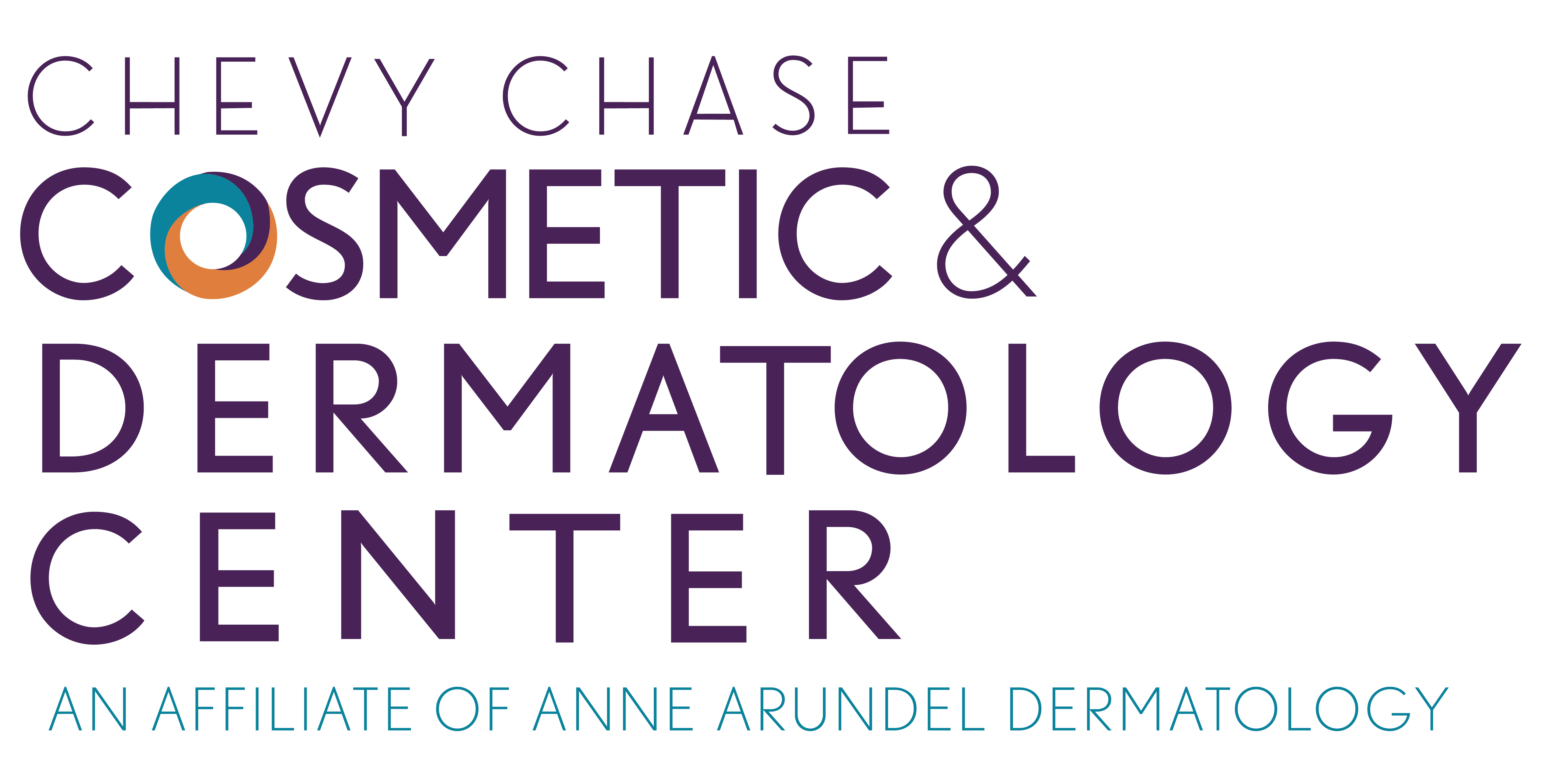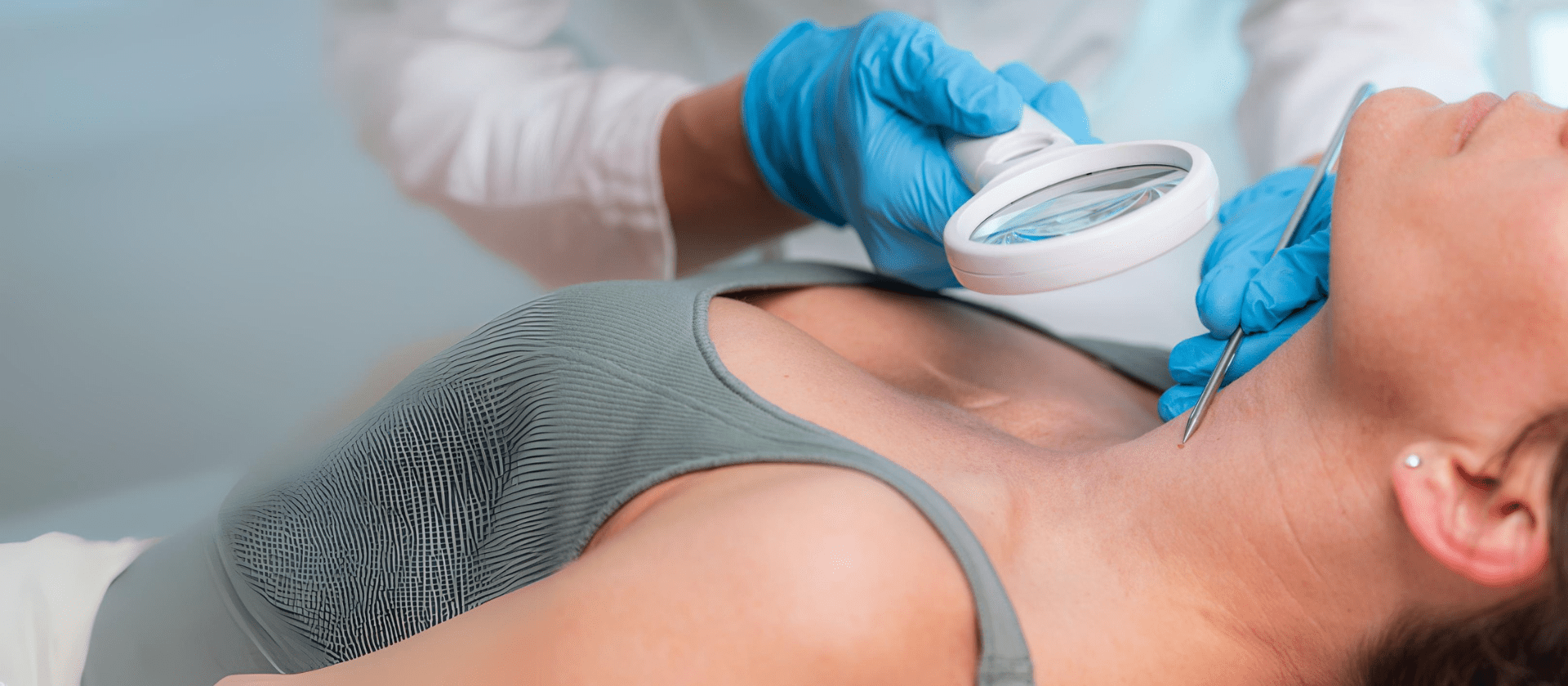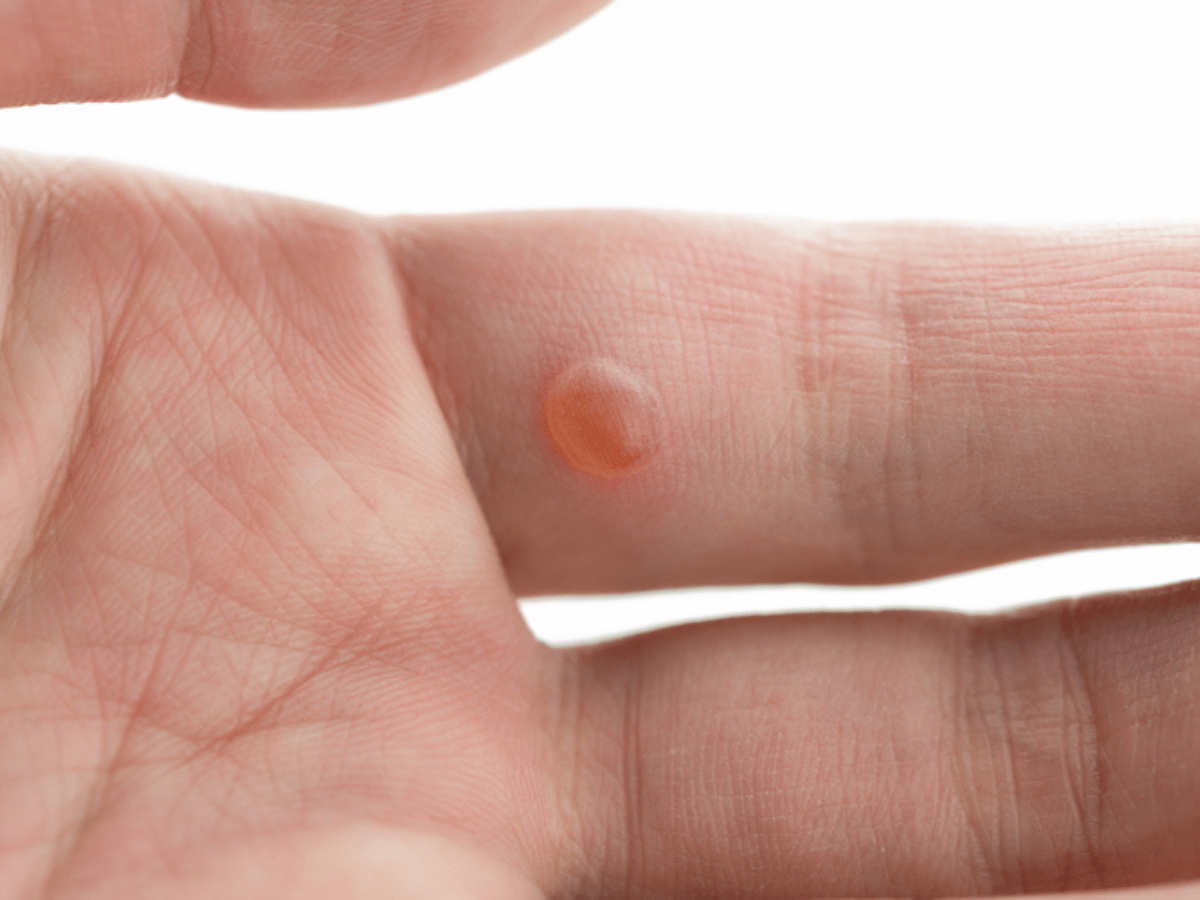What are Warts?
Warts are round skin growths that appear in response to the human papillomavirus (HPV) infecting your top layer of skin.
They are not cancerous. HPV typically occurs after you have accidentally cut your skin or damaged it in some other way. The virus that causes warts is contagious, which means you can spread it to other parts of your body or to another person.
What Do Warts Look Like?
Most warts are the same color as your skin, but they can also be a darker brown or a combination of gray and black. They are typically flat and feel smooth to the touch. Some warts are painful, and most go away on their own without any treatment. However, some are persistent and can remain for years despite your attempts to treat them at home.
Understanding the Different Types of Warts
You could develop one of five types of warts, each of which has a unique presentation and appears on different parts of the body. These include:
Common Warts:
Typically present on the fingers and toes, common warts have a rounded top, grainy appearance, and can feel rough when touched. They appear grayer in color than the skin surrounding them.
Filiform:
These warts grow around the nose, mouth, neck, and under your chin. They consist of a tiny flap of skin that is the same color as the rest of your skin.
Flat:
Flat warts are not always immediately recognizable because they are quite small and grow on your arms, face, or thighs. They have a flat top and appear as though someone has scraped them, but that usually is not the case.
Periungual:
Periungual warts can be painful because they grow underneath and around fingernails and toenails, impeding their growth.
Plantar:
Plantar warts are unique because they grow into the skin instead of from the skin. You can find them on the bottom of your feet. Plantar warts make the skin around them feel hard and can also make walking uncomfortable.
Can You Treat Warts at Home?
Some wart treatment kits that you buy at a drugstore can be effective in treating warts. You just need to keep a few important things in mind. First, do not try to remove warts that appear on a sensitive part of your body like your mouth, nose, or nostrils.
You also should not treat warts at home if you have diabetes, as diabetes can cause a loss of sensation in the feet and hands. You could injure yourself without realizing it. If you use a wart removal kit that requires you to rub ointment on the wart with a fingernail file or other common instrument, throw the item away after treating the wart. Warts are extremely contagious, and anyone who comes in contact with the file could develop warts themselves.
Anne Arundel Dermatology offers several safe and effective treatment options for stubborn warts. We invite you to schedule an appointment today or contact us with additional questions.
Visit Chevy Chase Cosmetic Dermatology Center
Our team provides thoughtful, expert care for all your skin health needs. We are proud to offer the most advanced general and cosmetic dermatology services in the greater Washington D.C. area. Your best skin awaits.


